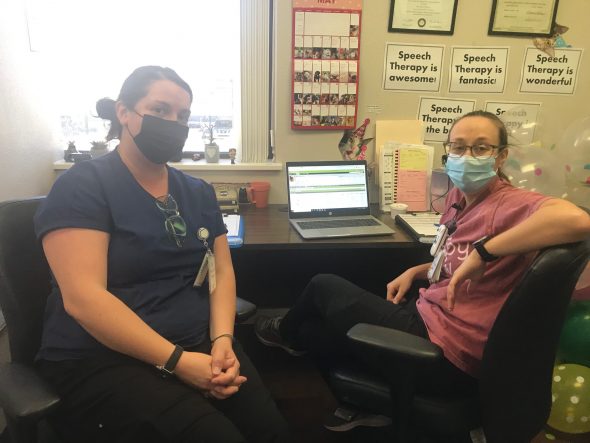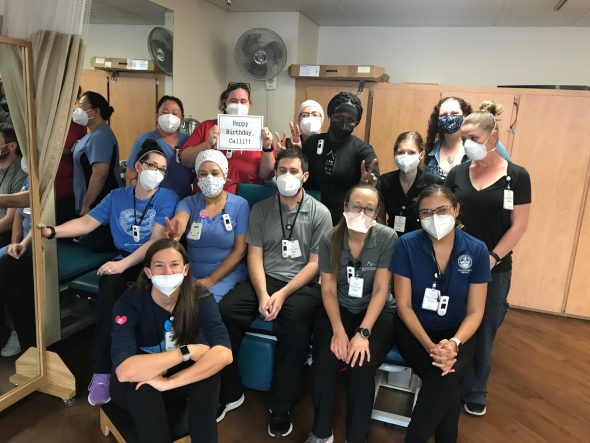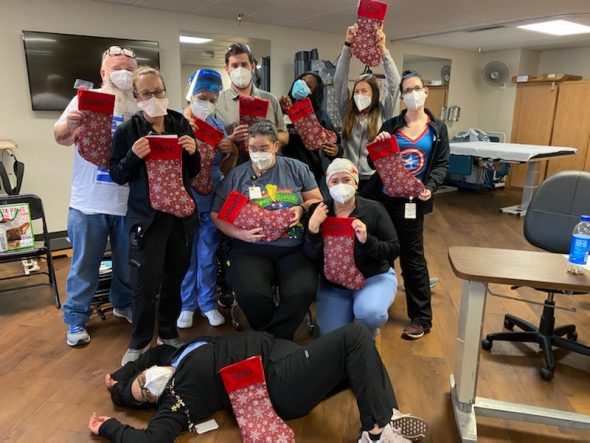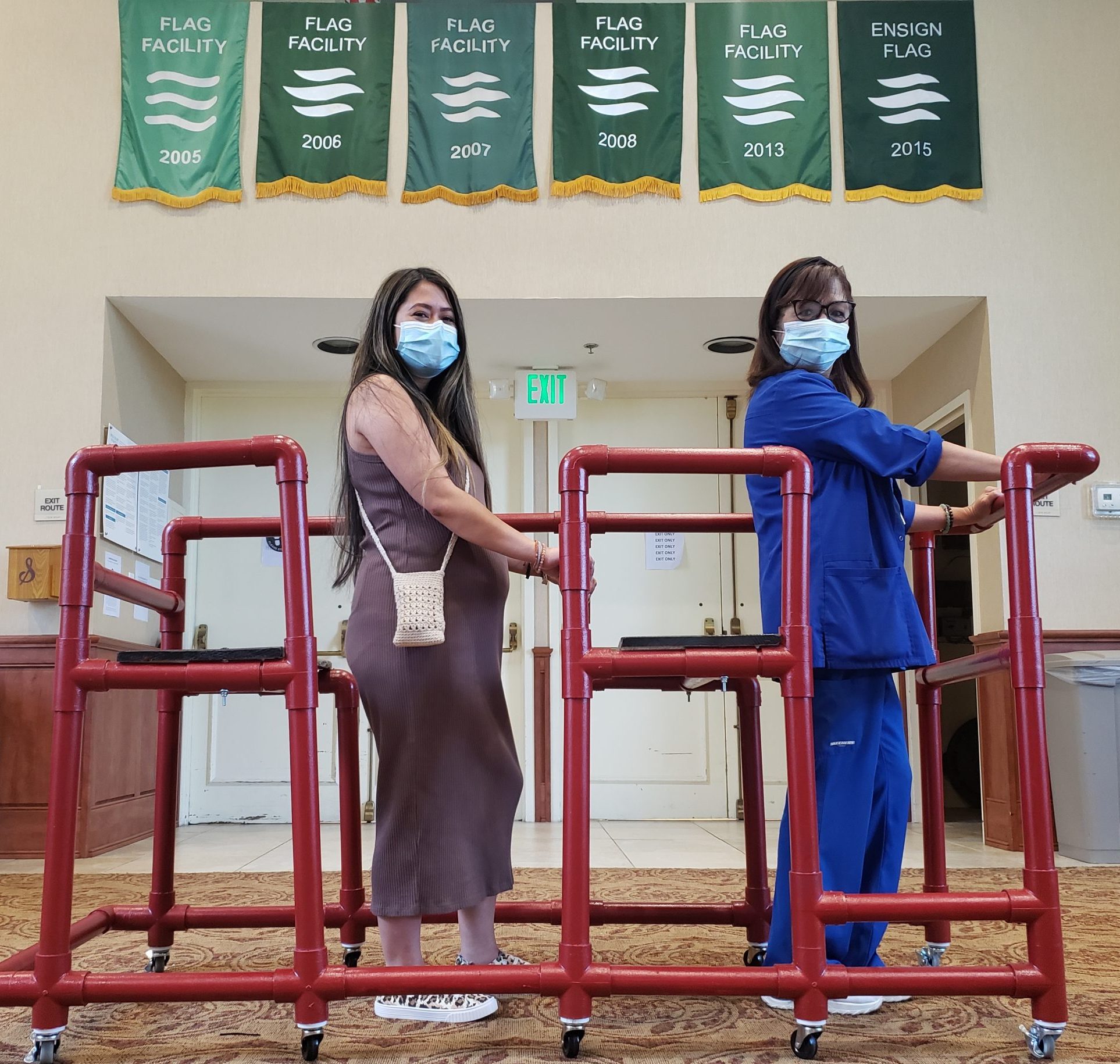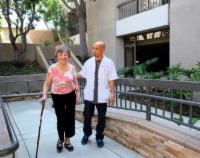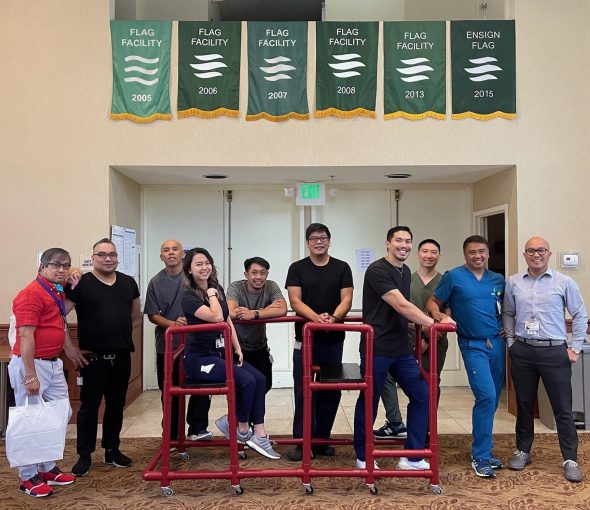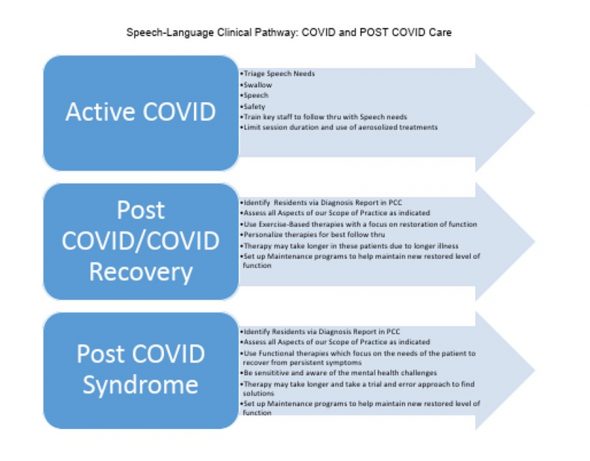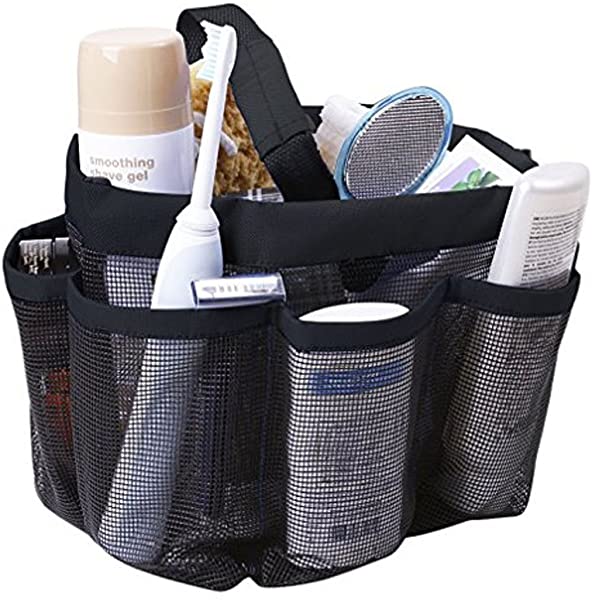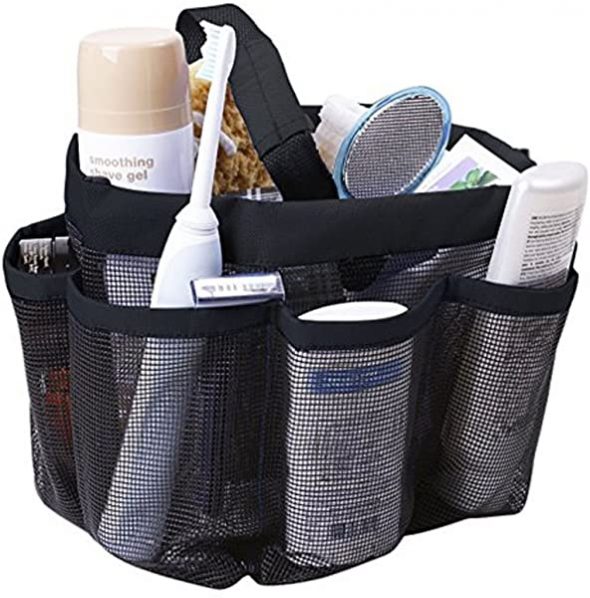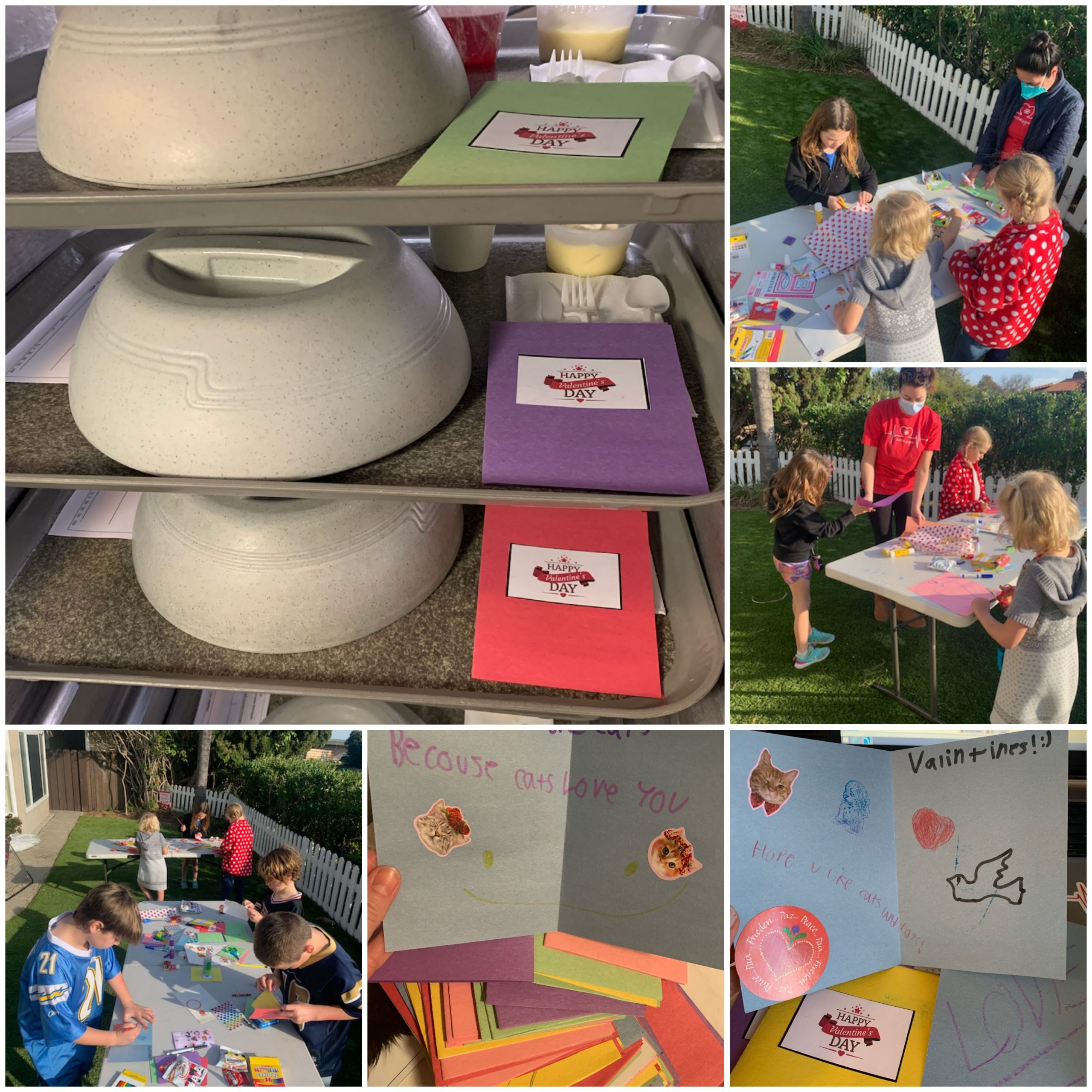Kevin Moon, SLP, Graduated from Loma Linda University, Loma Linda, CA
Read his awesome winning essay below:
Dr. Atul Gawande, the author of Being Mortal, once said “We think our job is to ensure health and survival. But really it is larger than that. It is to enable well-being.” This quote is powerful and is a philosophy I want to implement to be a spark in the lives of the patients I will be working with.
One way is to provide patient-centered, evidence-based treatments that move towards accomplishing the patient’s goals and wishes. This type of care is what has been emphasized in my training during my externship with Ensign Services and at Loma Linda University. Trying to step into a patient’s world, understand where they are coming from, respecting the patient’s wishes/goals, and delivering inclusive and culturally appropriate treatments are all things that can help better treat patients holistically. In addition, applying the core values of my school which include compassion, excellence, humility, integrity, teamwork, and wholeness of care in conjunction with the training I received during my externship will enable me to provide speech therapy to patients at the highest levels.
The populations that reside in skilled nursing facilities (SNF) are one of the most vulnerable, susceptible, and most in need of our support and skilled help. With the combination of my education and training, I hope to bring speech therapy that not only treats disorders such as cognition, swallowing, speech, and language but also provides patients with exciting, evidence-based therapy using the principles that my university has taught me such as compassion and humility. Hopefully, if I can use my passion for speech therapy to deliver engaging sessions to treat patients and I hope to inspire patients to want to get better. When going into each session during my externship, my goal is to treat the patient as a person first and a patient second. Because these patients are in such a vulnerable stage in their lives, treating them as a person first with humility and respect allows them to keep their dignity and self-worth intact during their stay at the facility. Doing this can really help me get to know my patient and really optimize therapy sessions as well as provide motivation and increase participation. In a setting such as SNFs, there are opportunities to really get to know the patients, and I want to use everything I can (e.g., personality, knowledge, training, rapport, and understanding of the patient) to inspire them so that they want to be in therapy and be an active participant in their recovery process. For example, most recently, I worked with a patient that needed swallowing therapy, but because of her physical and mental state, she had a difficult time participating in sessions and displayed major decreased activity tolerance. Over our first few sessions, I learned that music was a huge part of her life. I discovered her love for R&B
and oldies. Once I learned this about the patient, we incorporated music into our session and got better results. Prior to using music, when her pain was high, we had to stop for a prolonged amount of time or even end sessions. Once we incorporated music into her sessions, we sang her favorite songs when she felt pain and this was able to get her back into focus and continue the session. Sometimes, she would even smile amidst all of her pain.
Another example from my externship was a speech and language patient that I worked with. He was a farmer from Mexico and only spoke Spanish. This language barrier posed to be a problem during our first session together. Although I knew some Spanish phrases for swallowing therapy, my abilities in Spanish, in general, were not up to par. When interacting with this patient, I was able to see that the language barrier was causing some frustration and decreased engagement with the patient. In order to deliver functional and personalized therapy, I started to study Spanish. To start, I learned Spanish related to farming, fruits, and vegetables to work on word finding and circumlocution strategies. After learning words and phrases that were related to things that were familiar to the patient, we started to work on speech and language. The patient’s level of engagement immediately increased while frustrations decreased. At times, the patient would tell stories or go on tangents, and I could see his face light up when reminiscing about his past. He even used language that was more complex than he usually used, thus improving his speech and language while brightening up his day with positive and happy thoughts.
With the benefit of being able to develop relationships with patients, my goal is to foster a culture where therapy provides functional and motivating activities for patients that they are motivated to do. I would love to get to a point where patients smile and want to get to sessions because of the spark I have tried to instill in them. More importantly, the passion that I bring will help improve the quality of life for residents. To ensure that this happens, the therapy delivered must be evidence-based and patient-specific. This is the way I envision delivering therapy.
Evidence-based practice is composed of three components: the best external evidence, clinical expertise, and patient preference. To ensure that true evidence-based therapy is delivered, each component must be fulfilled. By tapping into the desire to continually learn, I can find the best, most up-to-date research through avenues such as continuing education, self-research, and collaboration with others. This ensures that patients receive well-documented, well- researched methods of therapy. The patient’s preference is also paramount to finding the right treatments for therapy. This is done by really listening to what the patient and their families have to say. The patient should not be a passive participant in the rehabilitation process, rather, an active participant in their healing process. This is one of the biggest things that can keep me accountable. By keeping the patient in the driver’s seat of their journey, the patient and their progress are the factors that will ensure I stay accountable. My purpose is to help patients and I plan to keep myself accountable to them. Clinical expertise is the last component of having evidence-based practice. I have built a strong foundation with my experience as an extern at Ensign and building my clinical experience will be an ongoing journey because clinical learning should not stop.
Finding my meaning in evidence-based practice and how to deliver it is one of the biggest things I learned during my 10-week externship at Brookfield Healthcare Center and Downey Post-Acute facilities. I also learned many other things that will help me deliver evidence-based, patient-centered, and holistic therapy to the patients I will be working with. One lasting lesson I have learned about working in SNFs, which I will take with me throughout my career, is best stated by Mark Parkinson: “Instead of just keeping your residents alive, give them a reason to live.” This plays hand in hand with Dr. Gawande’s ideas about enabling well-being rather than just ensuring health and survival. Instead of pursuing the sole goal of extending someone’s life, giving patients dignity and purpose to residents during their stays at SNFs is something that was emphasized during school and my externship. This can not only have an impact on the patient’s treatment, but it can have an effect on other aspects of their lives such as mental health and overall well-being. Thus, providing therapy that is beyond just doing exercises is very important. It requires giving respect, dignity, and purpose combined with therapy exercises to deliver high-quality treatment to patients.
Many times in therapy, the patient’s therapy needs are siloed into their respective disciplines (OT, PT, SLP). Rather than focusing on only the specific treatments that need to be provided by each specific discipline, by looking at the person and their lives as a whole with an interdisciplinary lens, treatment can be designed to promote purpose, engagement, and collaboration. This opens up a world of avenues where the different disciplines of therapy can work together to not only help with the patient’s deficits but to promote well-being and give them more motivation to keep pushing forward. Furthermore, this idea can be used to promote efficiency by finding ways to provide different therapies the patient needs in one session using an interdisciplinary approach. Using a strategy that can increase therapy efficiency across the different disciplines along with increasing quality of life for patients provides benefits to both the patient and the business. And in this way, it gives me opportunities to make a difference and create a spark in any way possible. Even a smile, a simple gesture, a kind word, a listening ear, or an honest compliment has the potential to create a spark in patients and give them dignity. When this happens, everybody wins.


